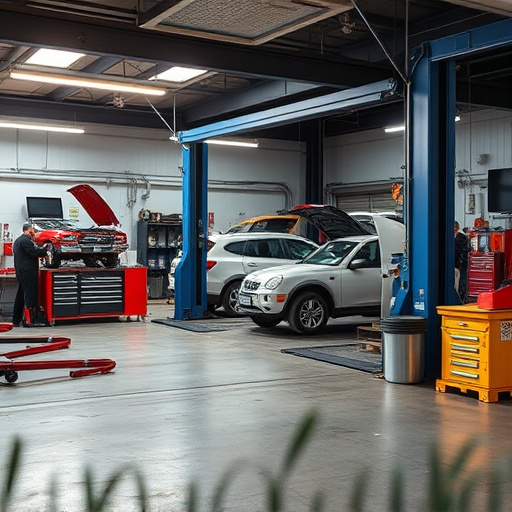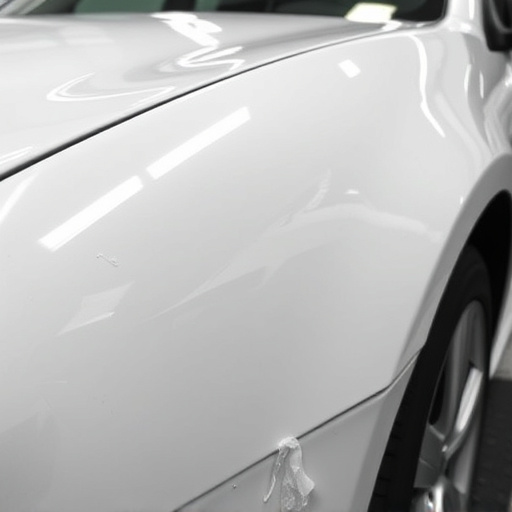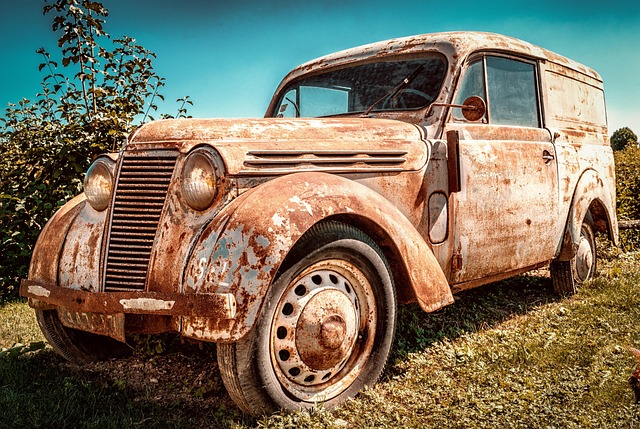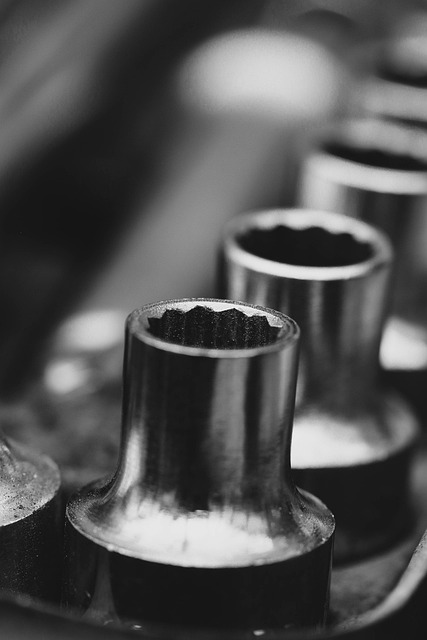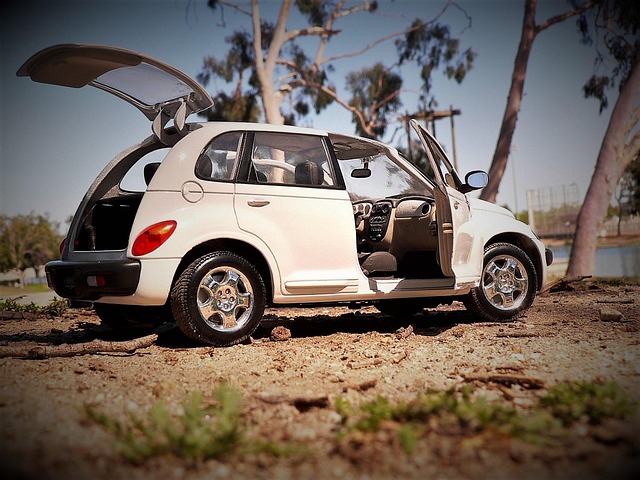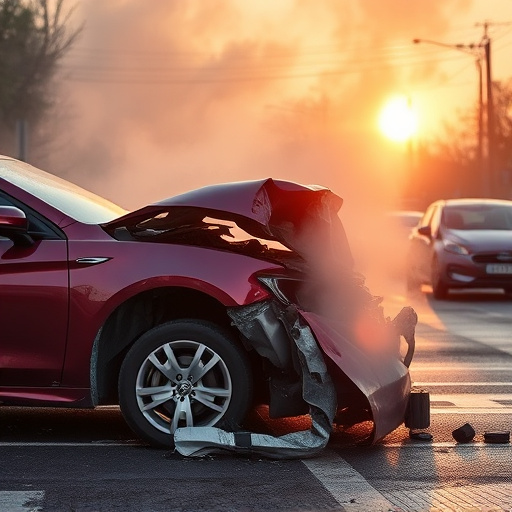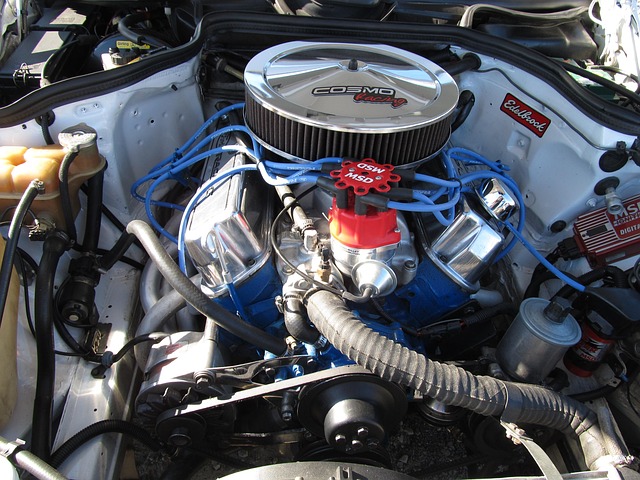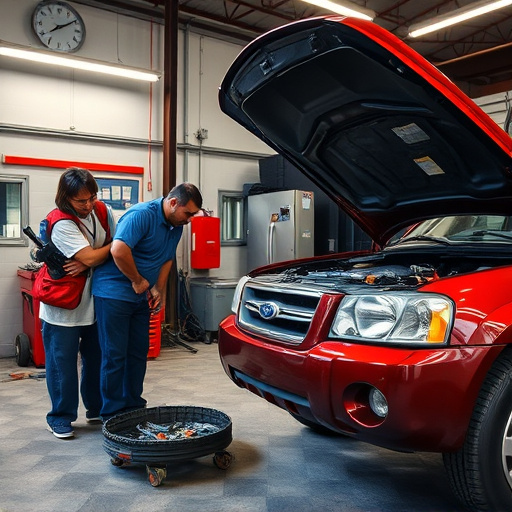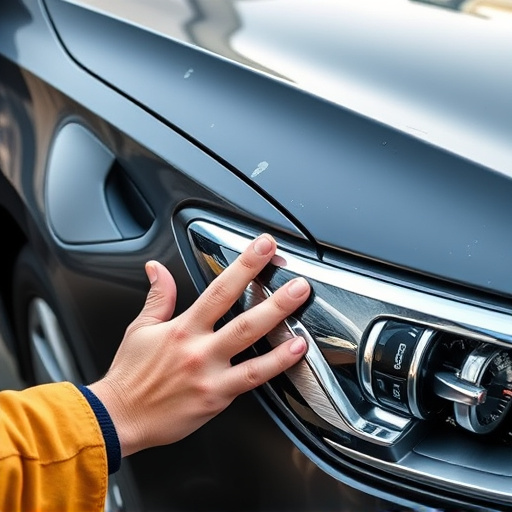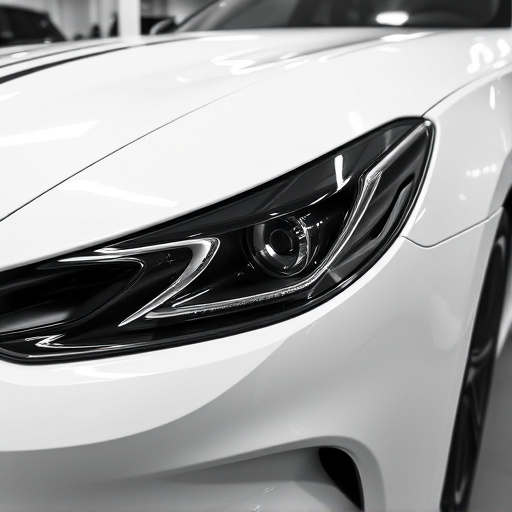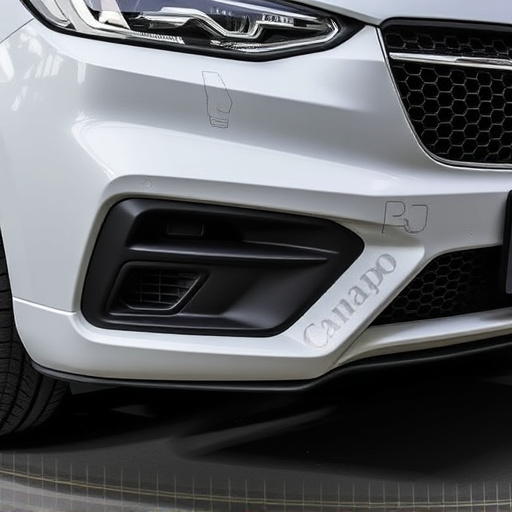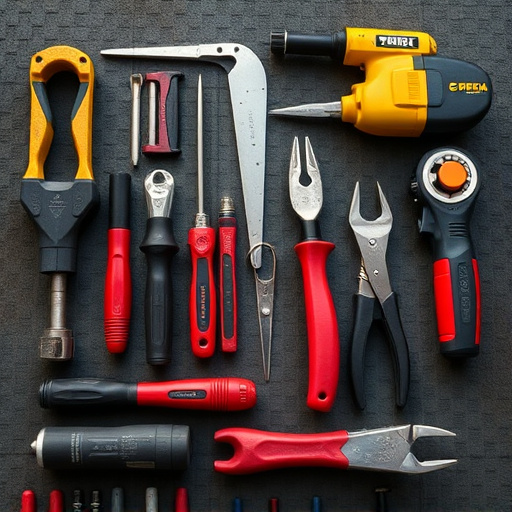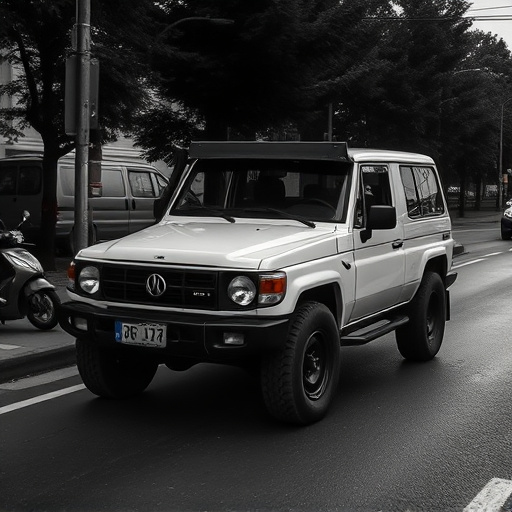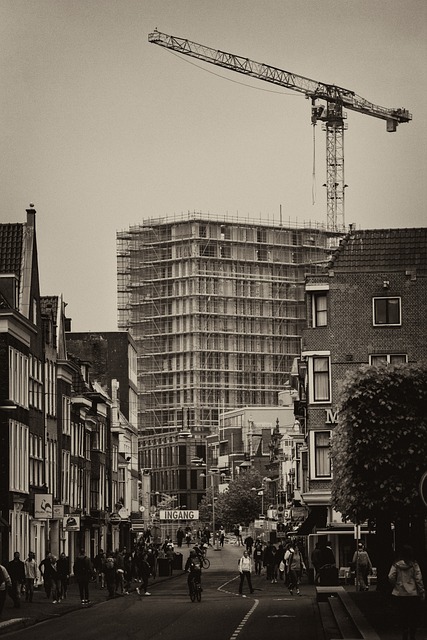Full-size truck collision repair involves a meticulous process: skilled technicians conduct comprehensive inspections using advanced tools to identify all damage, from subtle deformities to internal frame issues. Correct repair techniques and materials are crucial for top results, ensuring structural integrity, safety, and aesthetic appeal. After initial adjustments and alignment, functionality is restored through rigorous testing and quality assurance, including road testing and expert verification of every component.
Full-size truck collision repair is a complex process that demands precision, expertise, and adherence to industry standards. This in-depth guide explores the critical next steps for achieving successful outcomes. From assessing extensive damage through comprehensive inspections to selecting superior repair techniques and materials, each stage plays a vital role in restoring these workhorses to their former glory. Additionally, learn how meticulous testing and quality assurance ensure seamless functionality and safety.
- Assessing Damage: A Comprehensive Inspection
- Choosing the Right Repair Techniques and Materials
- Restoring Functionality: Testing and Quality Assurance
Assessing Damage: A Comprehensive Inspection
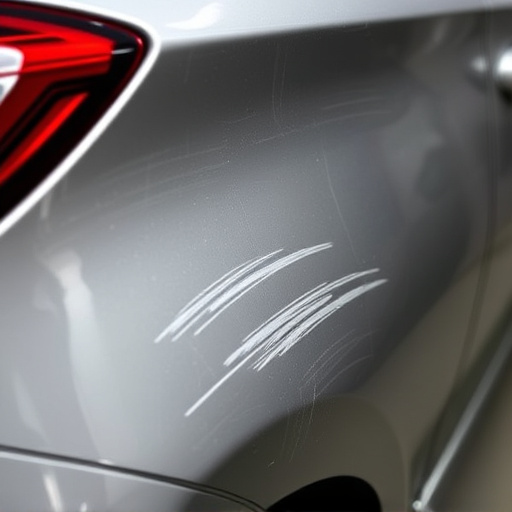
After a full-size truck collision, assessing the damage is a crucial step in the repair process. A comprehensive inspection involves meticulously examining every aspect of the vehicle to identify both visible and hidden impacts. Skilled technicians use advanced tools and their expertise to detect even the subtlest deformities, cracks, or internal damages caused by the collision.
This meticulous evaluation ensures that all repairs are accurate and complete. For instance, in a Mercedes-Benz collision repair, the auto body repair experts will pay special attention to panel alignment, structural integrity, and the condition of the frame. Only then can they devise an effective strategy for restoring the truck to its pre-accident condition, guaranteeing both safety and aesthetic appeal at an auto repair shop.
Choosing the Right Repair Techniques and Materials
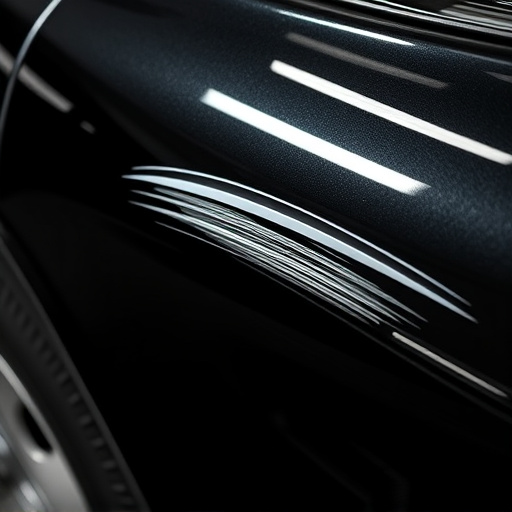
When it comes to full-size truck collision repair, selecting the appropriate repair techniques and materials is paramount for achieving optimal results. The automotive body shop must possess a comprehensive understanding of the vehicle’s construction and the latest advancements in repair technologies. Modern body shop services often incorporate advanced tools like computer-aided design (CAD) software, which enables precise measurements and accurate panel replacement. This ensures that every component is tailored to fit seamlessly, resulting in a high-quality restoration.
Additionally, choosing the right materials is crucial for long-lasting repairs. In hail damage repair scenarios, for instance, high-quality replacement parts are essential to mitigate further corrosion or structural issues. Body shops should opt for original equipment manufacturer (OEM) parts or certified alternatives that match the exact specifications of the vehicle. This attention to detail guarantees not only aesthetic excellence but also ensures the safety and reliability of the full-size truck after the collision repair process is complete.
Restoring Functionality: Testing and Quality Assurance
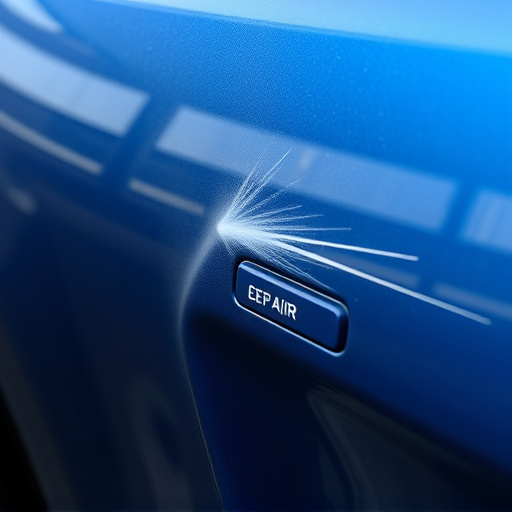
After the initial phase of full-size truck collision repair involves structural adjustments and alignment, the next critical step is restoring functionality. This includes rigorous testing to ensure every component affected by the collision is operating at peak performance. Advanced diagnostic tools help identify subtle issues that may have been overlooked during visual inspections. Once identified, these components are meticulously repaired or replaced, adhering to stringent quality standards.
Quality assurance processes are integral to guarantee the safety and reliability of the vehicle post-repair. This involves comprehensive road testing under various conditions to simulate real-world scenarios. Auto maintenance experts verify that all systems—from brakes and steering to lighting and electrical—function flawlessly. Moreover, car body repair and car paint services are meticulously assessed to ensure seamless integration and a flawless finish, restoring the truck’s aesthetic appeal and structural integrity.
Full-size truck collision repair involves a meticulous process, from assessing damage to choosing the right materials. By conducting comprehensive inspections, selecting durable repairs and components, and implementing rigorous testing, restorers can ensure top-quality outcomes. This dedicated approach not only restores trucks to their pre-accident condition but also enhances safety and performance, making every effort count in the realm of full-size truck collision repair.
